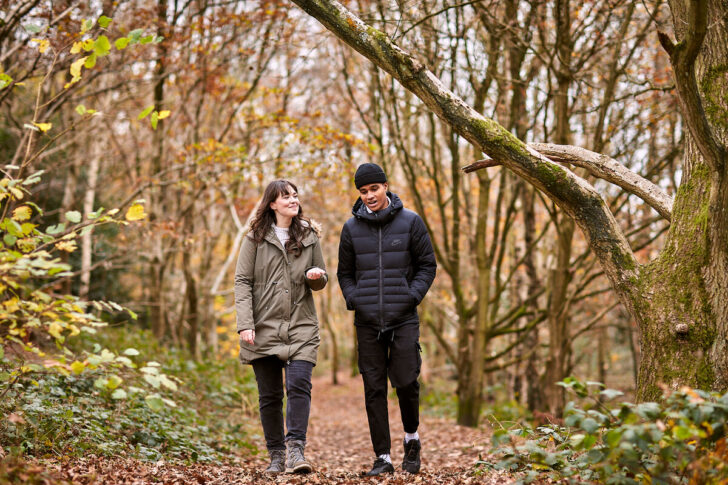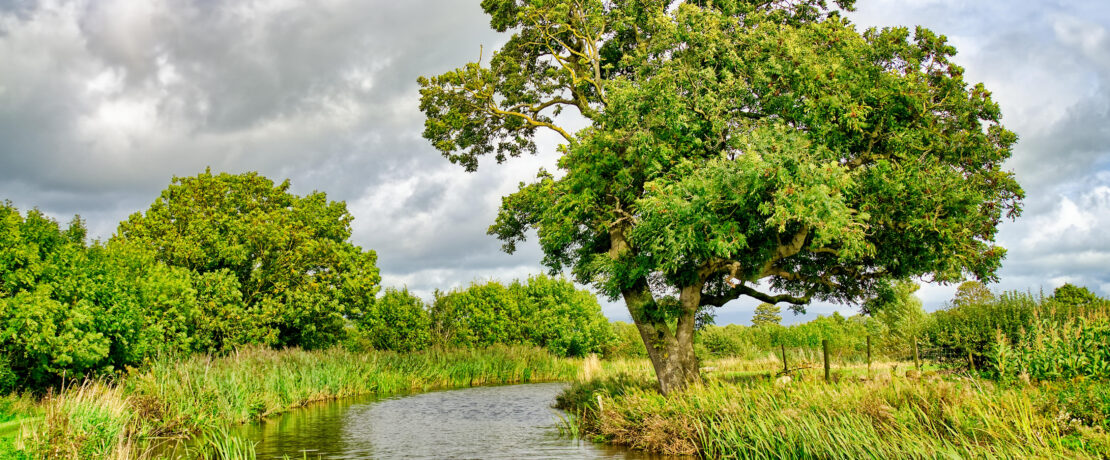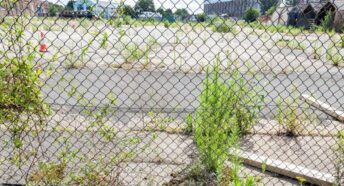Why tranquillity matters for the future of the countryside
This year, CPRE and Natural England worked together to find out how people feel about tranquillity. We aimed to discover what adds to it and what detracts from it. We wanted to see how tranquillity had changed since we last mapped it almost 20 years ago. At that time, 44 factors defined tranquillity for people around England.
What does tranquillity mean to you?
Picture a time when you felt most tranquil. What did you see, hear or smell? What is that memory? For me, it was years ago at a place above Derwent Water in the Lake District on an early summer evening. The sun was setting above mountains across the lake. I remember the warmth and birdsong. I felt peaceful. But I have also felt tranquil in green spaces on the edge of London, in places that are relatively tranquil to the surrounding urban areas.
Everyone should find tranquil places near them. That’s why CPRE champions a countryside for all—a place to feel at home. This could be a local green space, rolling hills or mountains, or along a canal. These places are special because they inspire, offer escape, and improve health and wellbeing. A recent survey by Natural England noted that 39% of people felt that visiting local green and natural spaces was very important to their wellbeing.
How can we measure tranquillity?
The factors that add to or detract from tranquillity haven’t changed much since our 2006 study. While we streamlined the original 44 factors to 35, most themes were retained, such as a ‘natural/wild landscape’ and ‘hearing birdsong.’
We did find some new factors. ‘Seeing clear skies’ and the ‘scent of nature’—the smell of grass, flowers, and woodland—add to tranquillity. New factors that harm tranquillity include ‘litter, waste, fly-tipping,’ and the ‘presence of some people.’
Our recent research involved six focus groups in rural, suburban, and urban locations to discuss tranquillity and how people felt about it. We aimed to gather in-depth views from different places, holding groups in Birmingham, Jesmond in Northumberland, and a village in Somerset. The participants reflected the country’s diversity in age, gender, and ethnicity. This was followed by a nationally representative survey of over 2,000 people, helping to refine what adds to or detracts from their experience of tranquillity.
Perhaps unsurprisingly, tranquillity is an emotional sensation. It’s a state of mind and is subjective. There are four key senses to explore: what you can hear, what you can see, what you can smell, and your emotions, such as whether memories are triggered. Many survey participants felt water played a strong role in tranquillity—hearing or seeing moving water, such as a river or stream, and the sound of rain. Additionally, 46% of respondents said the seaside or beach was their top place for tranquillity.
What adds to and takes away from tranquillity?
The five factors that people felt added to tranquillity include a natural/wild landscape, the scent of nature, seeing inland water, the sea and woodland/forest.
Biodiversity is key for people living in rural areas, where hearing birdsong was highly important. Suburban dwellers value woodlands and forests more. In urban areas, seeing the sea and stars is most compelling.

So what detracts from the experience of tranquillity? The top five factors include hearing road traffic and construction noise, seeing litter, waste, or fly-tipping, and seeing power lines. Hearing non-natural background noise also affects tranquillity.
Tranquillity in the outdoors isn’t part of most people’s routine. Only one in three finds tranquillity weekly, and a quarter only seek it when stressed or needing a break. The wellbeing benefits of green spaces and tranquillity are significant. Instead of counting sheep to sleep, many people picture tranquil places to rest their minds.
Mapping tranquillity for a better future for the countryside
For CPRE, the research to understand contemporary views on tranquillity will help us prepare for future mapping.
We believe it’s vital for everyone to have places where they can experience tranquillity. These places should be protected and enhanced through national policy and local initiatives. Our 2023 research on Local Green Space designations found that tranquillity was a reason for designation in around 24% of cases. Natural England also considers relative tranquillity when proposing designations, such as the Yorkshire Wolds as a national landscape. We believe other landscapes may be worthy of increased protection and better management.
I hope future generations will discover tranquil places. It’s through those experiences that many of us develop a love for the countryside.









